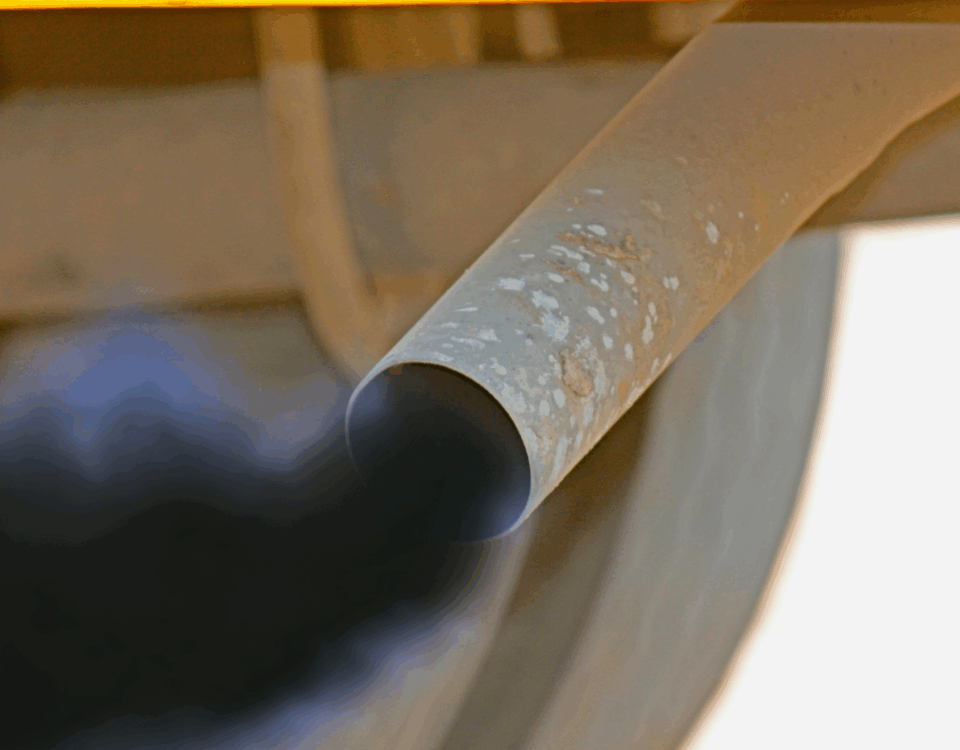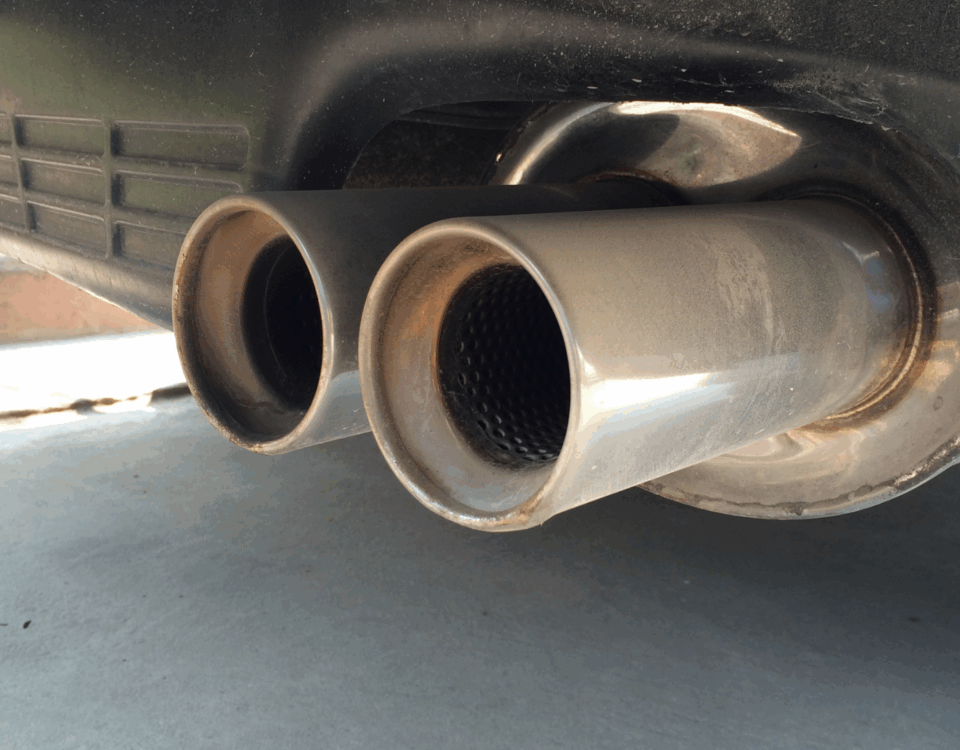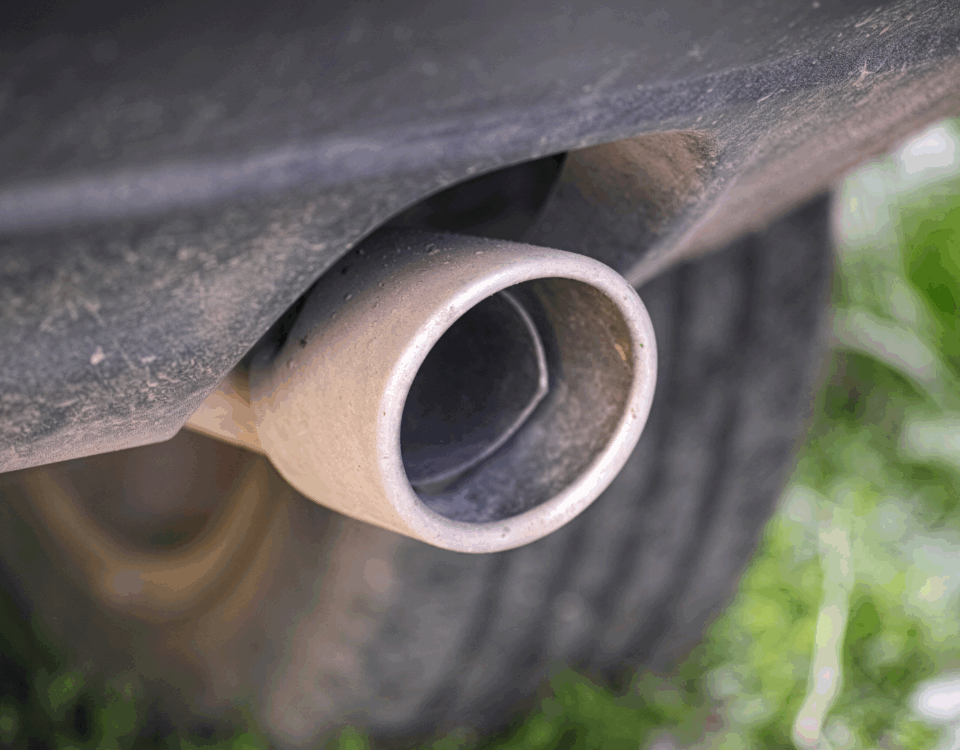How to Choose the Best Smog Inspection Station for Your Vehicle
February 6, 2025
Why Regular Visits to a Smog Inspection Station Matter
February 6, 2025Understanding the Purpose of a Smog Inspection Station
A Smog Inspection Station plays a crucial role in reducing air pollution by ensuring that vehicles meet emissions standards. These inspections are required in many states to prevent excessive pollutants from being released into the environment. When a vehicle emits too much carbon monoxide, hydrocarbons, or nitrogen oxides, it contributes to smog formation, which can negatively impact air quality and public health. Regular smog checks help keep cars running efficiently while ensuring compliance with local and state regulations. Understanding why these tests are essential can help vehicle owners approach the process with confidence.
Preparing Your Vehicle for a Smog Inspection Station Test
Before taking your car to a Smog Inspection Station, there are a few steps you can take to increase the chances of passing. One of the most effective ways to prepare is by maintaining your vehicle properly. Regular oil changes, clean air filters, and a properly functioning exhaust system all contribute to lower emissions. Additionally, driving your car for at least 15-20 minutes before the test allows the engine to reach optimal operating temperature, improving performance. If your check engine light is on, it’s critical to address any issues beforehand, as this can result in an automatic failure. Taking these precautions can save time and prevent the need for costly re-inspections.
What Happens During a Smog Inspection Station Test
When you arrive at a Smog Inspection Station, a certified technician will conduct a series of tests to measure your vehicle’s emissions. The process typically involves checking the onboard diagnostics system (OBD-II) to detect any issues with the engine or emissions components. In some cases, vehicles may also undergo a tailpipe test, where a probe is inserted into the exhaust to measure pollutants directly. The inspector will evaluate various emissions levels to ensure they fall within the legal limits. The test generally takes about 20-30 minutes, and results are provided immediately. If your vehicle passes, you receive a certificate of compliance; if it fails, necessary repairs must be made before retesting.
Common Reasons for Failing a Smog Inspection Station Test
Many vehicles fail smog inspections due to mechanical issues that affect emissions. A malfunctioning oxygen sensor, faulty catalytic converter, or worn-out spark plugs can lead to increased pollutant levels. Additionally, if the fuel cap is loose or damaged, it may trigger an emissions-related failure. Some older cars may struggle to meet current standards due to aging components. If your vehicle fails the test, a technician will provide a detailed report outlining the reasons. In some states, there are repair assistance programs or waiver options for owners facing expensive emissions-related repairs. Addressing these issues promptly ensures compliance and reduces environmental impact.
The Importance of Choosing a Certified Smog Inspection Station
Selecting a licensed Smog Inspection Station ensures that your test is conducted according to state regulations. Certified stations use approved testing equipment and adhere to strict guidelines to guarantee accurate results. Some facilities offer “test-only” inspections, while others provide both testing and repairs. Checking for certifications, customer reviews, and service guarantees can help you find a reliable provider. Additionally, some states require vehicles to be tested at STAR-certified stations, which meet higher performance standards. Choosing the right facility helps ensure a smooth process and avoids unnecessary delays in obtaining your smog certification.
Read More:
Why Regular Visits to a Smog Inspection Station Matter
How to Choose the Best Smog Inspection Station for Your Vehicle






